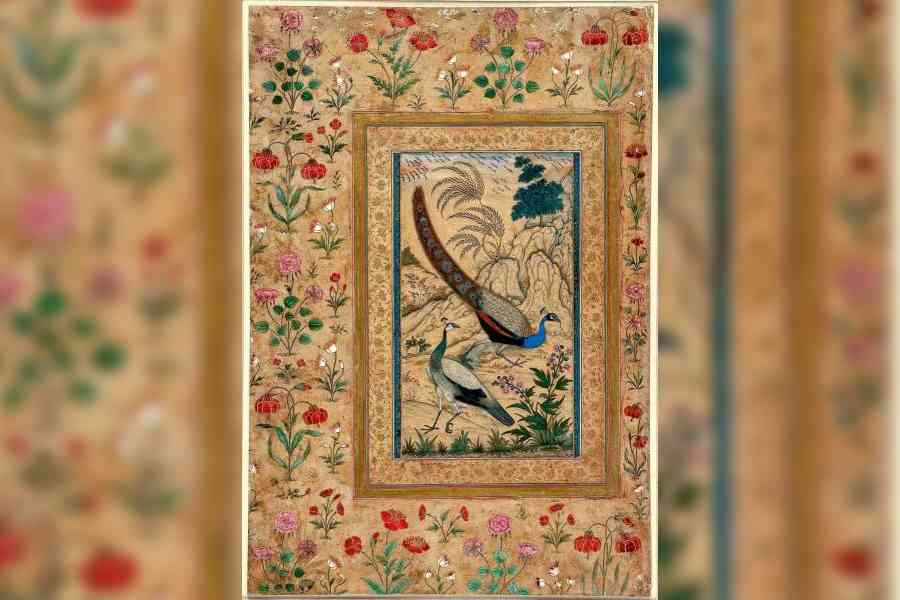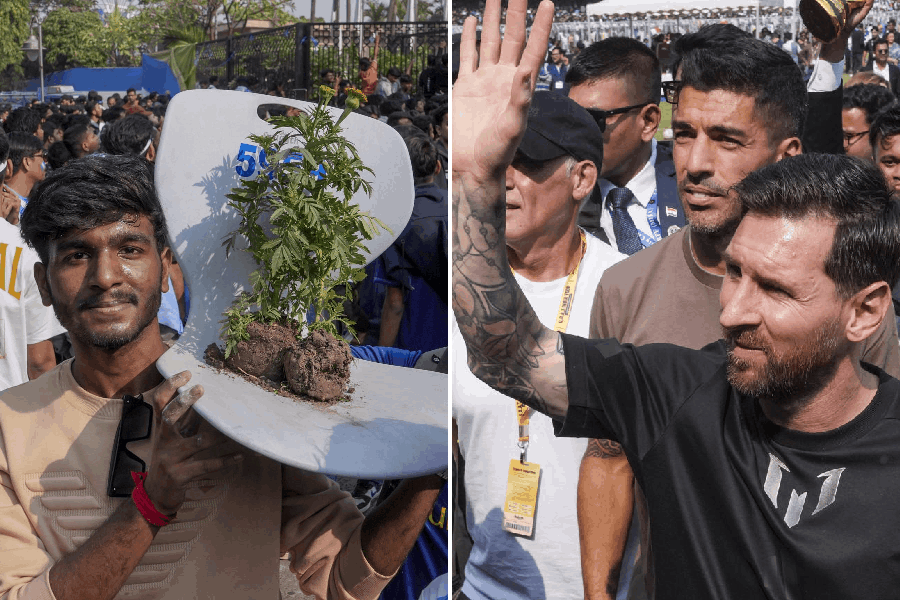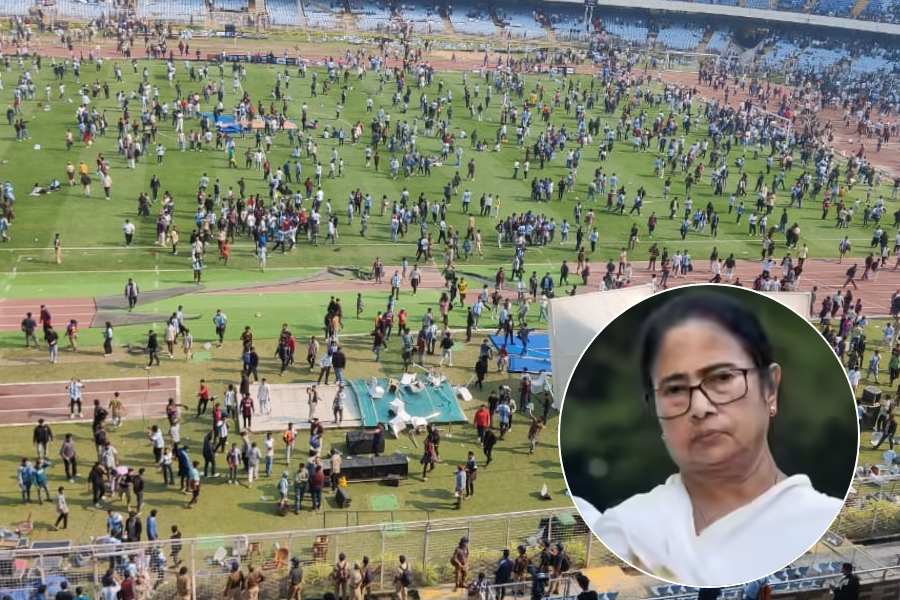Book: RUMINATIONS: 101 & MORE SHORT ESSAYS ON THE SPIRIT OF INDIAN ART
Author: B.N. Goswamy
Published by: Allen Lane
Price: Rs 1, 299
Published posthumously, this is the last work of the eminent art historian, B.N. Goswamy. It is in the fine tradition of his earlier compilation of short essays on a myriad subjects that caught his fancy. As the reader flits from one flower to another in this fragrant bouquet of words, one may feel that one has the key to enter a jadhughar — a house of magic like the Indian Museum with thousands of fantastical objects on display.
The illustrious scholar had been writing these columns over a long period of time and the dates and years of their conception are meticulously documented. These essays appeal to our senses as he wrote in evocative prose on the beauty of paintings, from the Baramasa series that celebrates the cycle of seasons in the 12 months of a year, and the great ‘nature studies’ of Ustad Mansur (picture), Jahangir’s court painter, to the Oriental Scenery as documented by the uncle-nephew duo of the Daniells who travelled all over India in the 18th century, and the contemporary miniatures that have emerged from Pakistan with their sharp political commentary.
Goswamy’s interests extended beyond Indian ancient and medieval arts and crafts to installations as he wrote feelingly about the art of Beili Liu, a young woman artist of Chinese descent who taught at the University of Texas, that “make for that reaching out towards understanding the ‘human condition’…”
It is not surprising that Goswamy turned the lens on pottery, enamels, illustrations, carpets, embroidery, textiles and jewellery design of various periods and provenance: these were his specialisations. He wrote with perspicacity and humour about such simple things like a jeweller’s manual in Urdu script, the art collections of the Tagores and of the British artist, Howard Hodgkin, the photography of Raja Deen Dayal and Umrao Singh Sher-Gil, and even the design of currency notes. He was not necessarily very knowledgeable about everything he wrote — and he was quite open about it — but he had the ability of looking at things from an unforeseen angle. He realised with dismay that a person who took or expected bribes was referred to as a “Gandhian” — Gandhi’s image is printed on high-denomination notes.
Goswamy’s note on the swastika symbol across cultures comes closest to political commentary as he explained its derivation from the Sanskrit swasti, its negative association with Nazism and right-wing politics, and the surprising theories of its genesis.
He also shares with us the joys of the serendipitous rediscovery of an illustrated volume of Edward FitzGerald’s translation of the Rubaiyat of Omar Khayyam in a disorderly stack of books, and his obvious admiration for the earthiness of Ramkinkar Baij. But we also feel his anger at the evils of apartheid in South Africa.
There were many voices that Goswamy spoke in, each reflecting his multifarious interests and activities.










